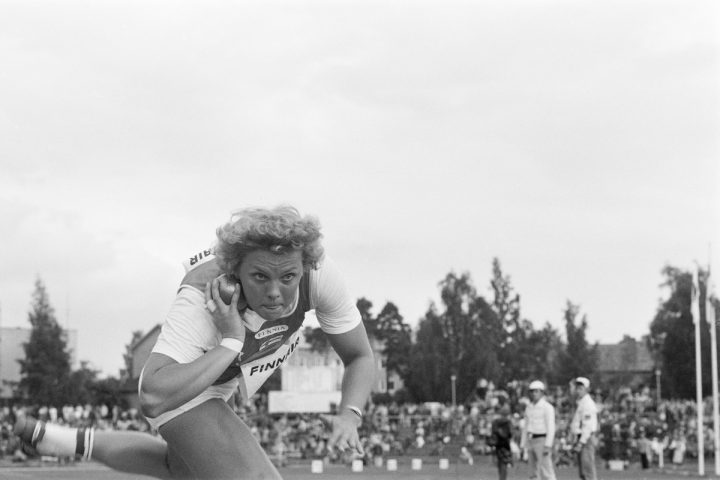“Better if they were absent”: Finnish media texts on equality in sports 1970–1990

The statement in the heading was made by Sebastian Coe, a member of the International Olympic Committee (IOC), in August 1981.[1] In contrast with the heading, Sebastian Coe, however, “out of a sense of duty” suggested a more prominent role for women in leadership positions within the Olympic movement. Later, Coe became President of the International Association of Athletics Federations. The style of the article reflects the contradictory approach to gender equality in the context of sports during that time.
In Finland, several equality-related reforms were implemented in the 1970s and 1980s. These included extended maternity leave, daycare legislation, improved position of women in the labor market, and the introduction of the Gender Equality Act in 1987. These changes were linked, especially in the 1970s, to a favorable economic situation, but their background can be traced back to broader cultural changes in society. They were also influenced and accelerated by international developments in family values and gender norms.
What did sports and the fight for equality contribute to the discussions in the media? The long-standing theme of feminine physical activity was often brought up. Even in the 1980s, women were expected to engage in graceful exercise, which was a legacy from the long history of women’s gymnastics. The beauty of physical activity was emphasized in contrast to trained athleticism. At the same time, the institution of beauty pageants, including the “Miss Finland” competition, was thriving. In 1979, it set a record for television viewership, with approximately 3.3 million viewers.[2] Did this ideal of beauty also transfer to the world of sports? The appearance of female athletes and other factors unrelated to their performance were openly commented on by the media in publications.
However, women had started to compete alongside men in international sports, and over the course of some years, their success surpassed that of Finnish men. In the early 1970s, women’s running events brought medals and even the “Athlete of the Year” title (previously reserved only for men), first to Mona-Lisa Pursiainen in 1973 and then to Riitta Salin in 1974. Previously disregarded sports requiring strength were also included in the competition programs for women.
Eventually, women began to take positions in sports leadership as well, but the change was slow. Pirjo Häggman, with a background in sprinting, became the first woman in the International Olympic Committee in 1981. In addition, the organization of disability sports gained momentum in the 1970s, and Finland quickly achieved success in this area. However, media visibility was and still is lower in women’s sports, including disability sports. One reason for this is the male dominance in sports journalism. It is said that sports journalism was long characterized as “made by men, for men.” Achieving equality requires constant attention and work.
Main image: “Shot putter Tuula Kivi in an international match in 1981[3]”
Seppo Heikkinen
The writer is an MA and a Doctoral Researcher in cultural history at the University of Turku. His research focuses on Finnish sports discourses from the perspective of equality in the post-war decades.
[1] Uusi Suomi, 28.09.1981, no. 261, p. 19. https://digi.kansalliskirjasto.fi/sanomalehti/binding/2239718/articles/81567091?page=19.
[2] https://fi.wikipedia.org/wiki/Miss_Suomi.
[3] Sorvoja, Lauri. Shot putter Tuula Kivi in an international match between Finlans-Belgium-Japan in 1981. Museovirasto, JOKA Journalistinen kuva-arkisto. https://www.finna.fi/Record/museovirasto.
